How to onboard invited users and fast-track user engagement
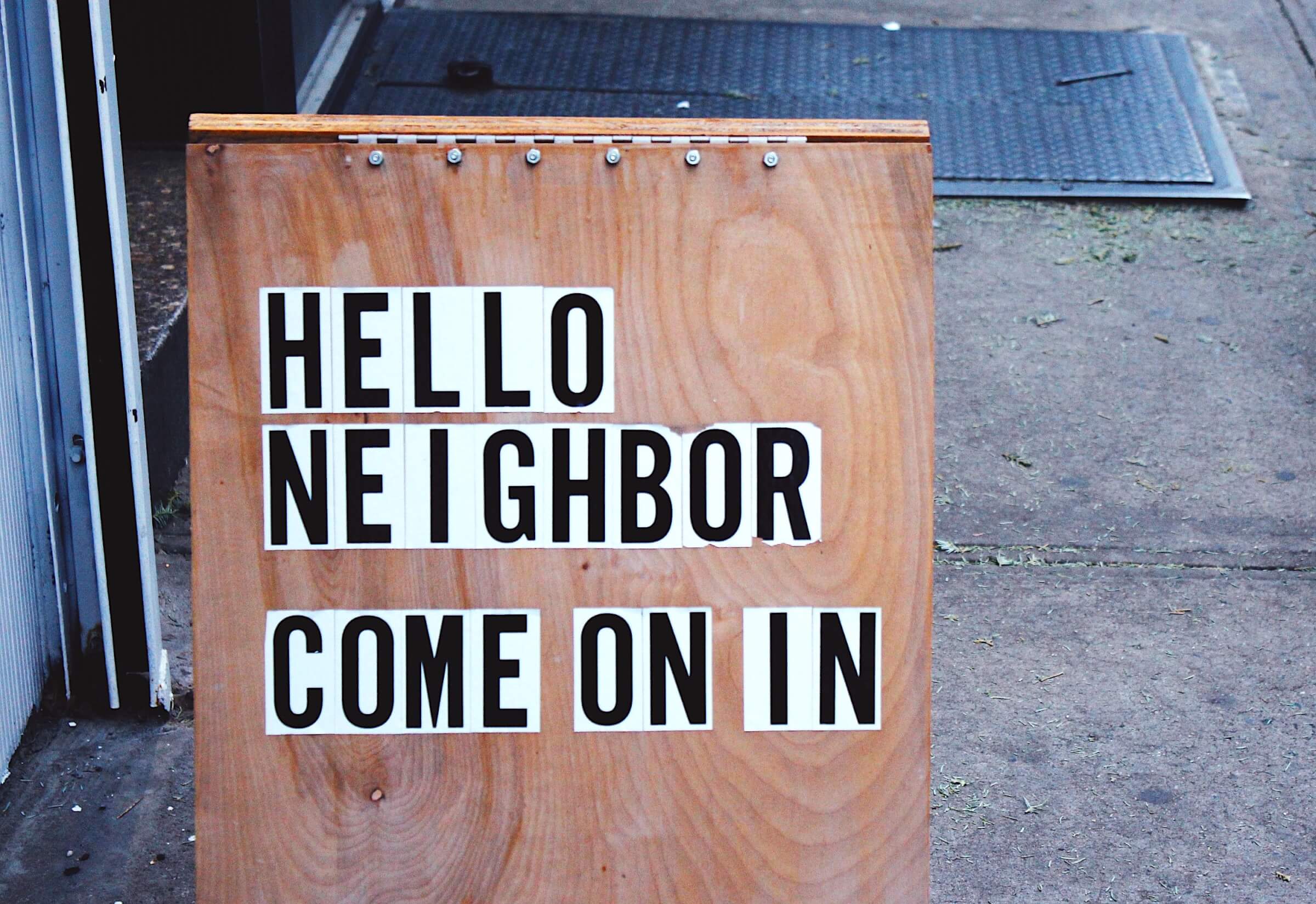
.png)

.png)
This article was originally published in 2016. It was updated in June 2020 with fresh content and insights. Enjoy!
“I’ve heard so much about you.”
This is one of the first things we say when we meet someone’s friend or significant other.The sense of familiarity often helps us get off on the right foot and bond quicker.
The power of shared connections appears all the time in software. Invited users sign up because they've heard great things about the product. Chances are, they really want to like your product, and thanks to the loyal user who introduced you guys, you have a head start in impressing them.
Acknowledging and building upon this familiarity in the user onboarding process helps you develop an emotional connection with an invited user quickly, to fast-track deeper user engagement.
Here are 4 tips for onboarding invited users to leverage familiarity and start off on the best foot possible.
Since users could know a lot or very little about your product at this point, it’s important to keep these emails short and descriptive.
Invitation emails contain 3 key pieces of information:
Here’s a great invitation example from invoicing tool Ballpark:
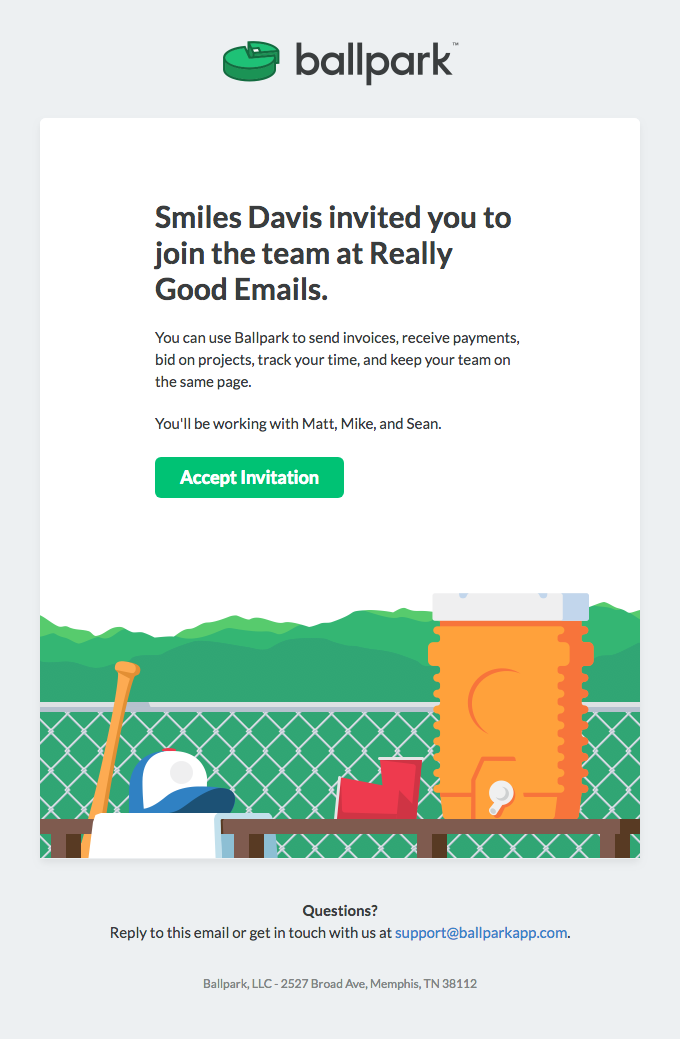
The email itself is short and sweet, and effectively highlights the benefits of Ballpark’s platform. We like the casual way the email informs the reader who else on their team is already on using the platform (“You’ll be working with Matt, Mike, and Sean”). It’s a nice touch, and that little bit of social proof can go a long way.
Another great user invitation email example comes from team collaboration platform Twist:
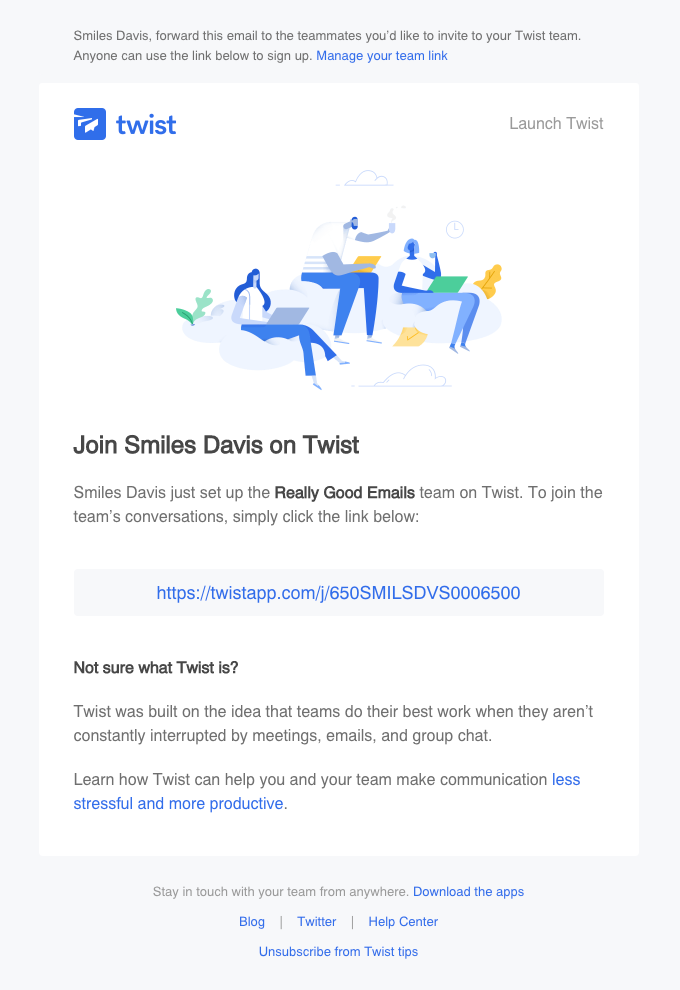
The first email is good, but the followup email—sent to users who received an invite but didn’t take action—is even better. We like that Twist keeps things simple with the initial invite, and then doubles down on social proof and a big, bold CTA in their second outreach.
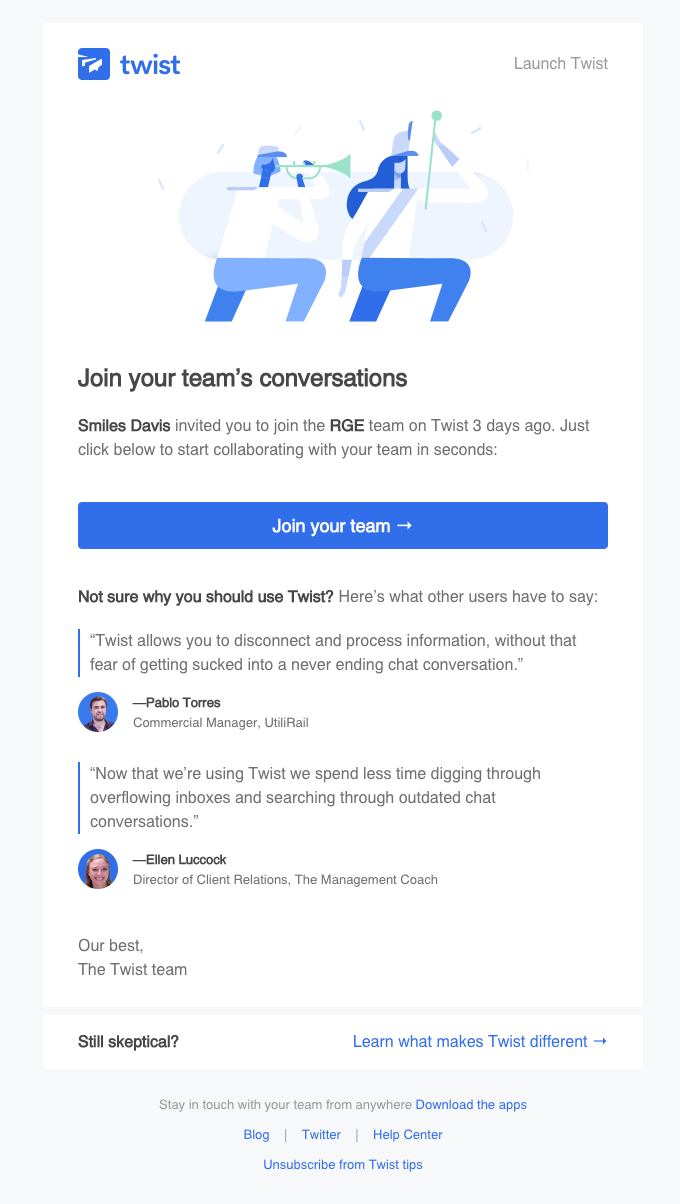
After a user accepts the invitation and creates an account, it’s time to welcome them with a great user onboarding experience.
Before the invited user takes any action, products typically know the invited users’ email, organization, and perhaps role, based on information that the original user has provided either directly or through permission setting. This can help you create a more personalized user onboarding experience than you might be able to for brand new users.
HubSpot Sales' onboarding flow for new sign-ups includes a number of questions upfront before a new user can get to the product. New users are also given a thorough interactive walkthrough.
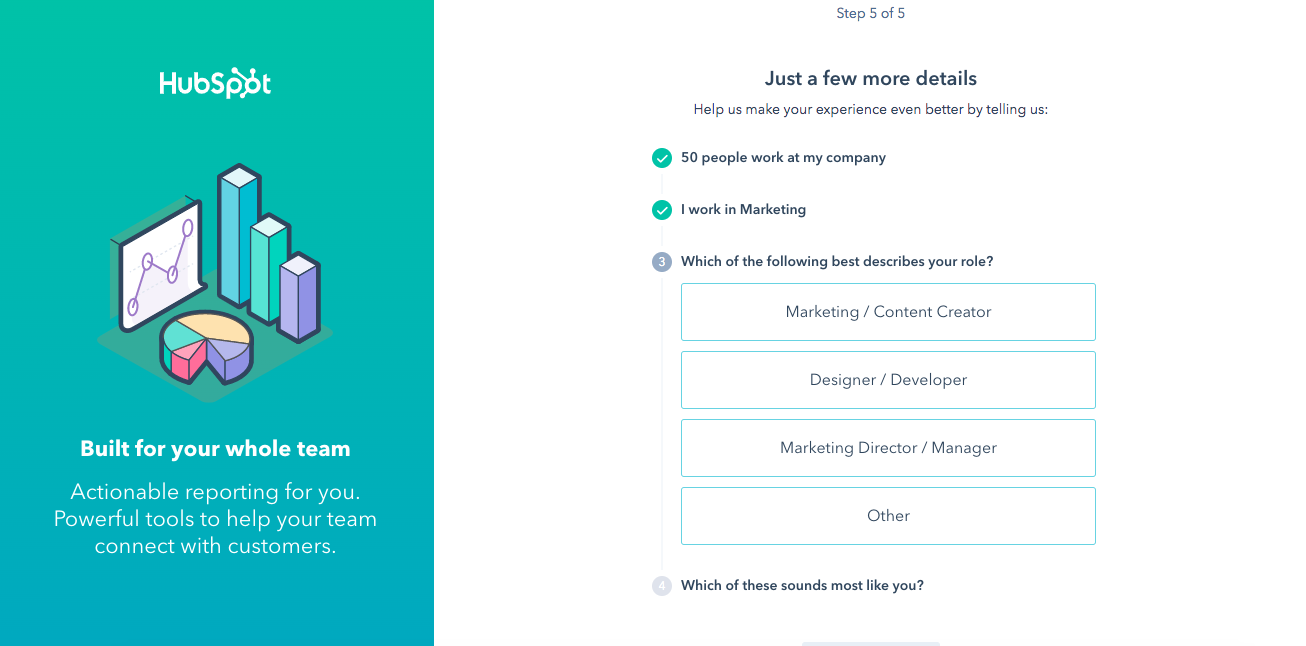
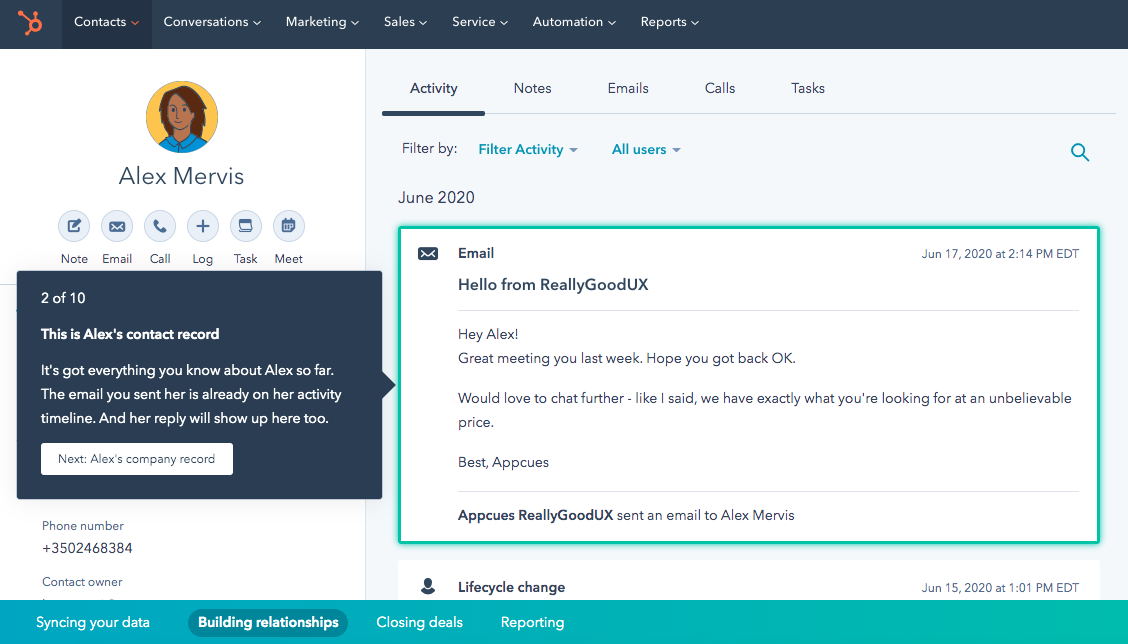
In contrast, the invited user onboarding flow fast tracks the upfront data gathering to get users into the platform faster.
Invited users are also given a different introduction that focuses on Hubspot more broadly. The assumption here is that, unlike the user who signed up and created a team workspace, invited users may not have done much research into Hubspot’s core value props. Invited users are also given their own “getting started” checklist with tasks to complete.
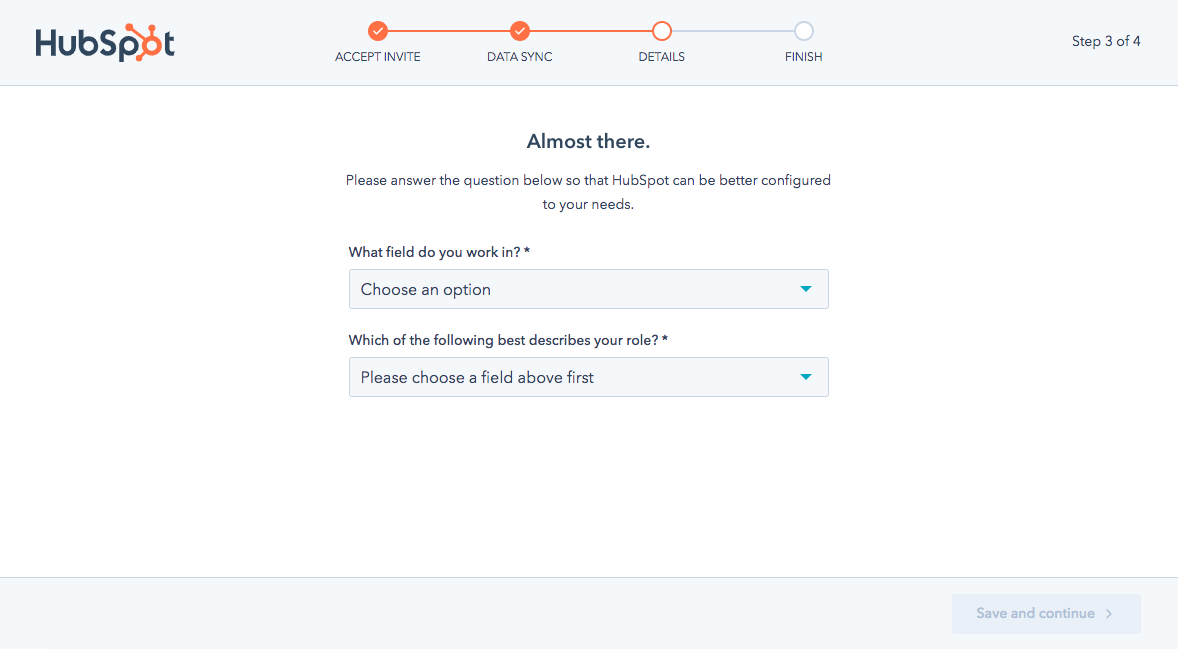

While companies have gotten much better at creating personalized, engaging onboarding experiences, there’s still a big blindspot: namely, the nth user.
Nth users are the folks invited to join an existing team within your product. Especially relevant to collaborative platforms like Slack and Zoom, nth users are any new users added who weren’t part of the initial onboarding. If you think about the flux of employees joining and leaving a company, this concept shouldn’t be surprising. But it does pose a challenge, as many of these users will opt to skip over your onboarding and dive right in.
Despite your efforts, many users will still choose to skip over any onboarding. That’s why it’s imperative that you have a self-service product and provide cues along the user journey.
In-app messaging helps continue the onboarding experience and keep users on the right track while they’re actively engaged with your product. By using event triggering, you can proactively provide help at relevant moments.
Github, for instance, uses tooltips to clue users into useful features and functionalities in the context of their workflow.
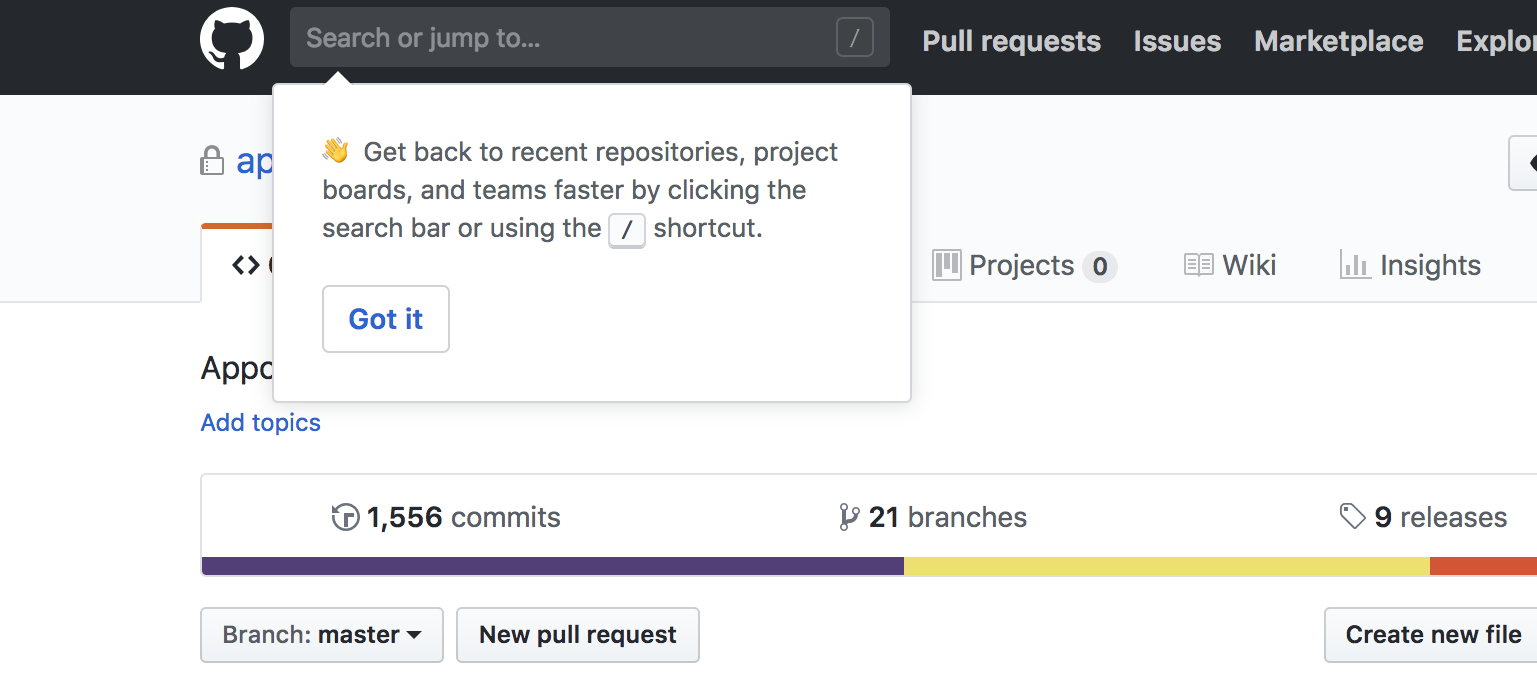
If a new user signs up for a SaaS product without being invited by a teammate, help them find their team. While this strategy is technically not for invited users, it runs on the same principle of guiding with familiarity in mind.
Asana does this in a super sleek way. When users sign up with their work email, Asana helps new users find existing company workspaces to fast-track their collaboration.

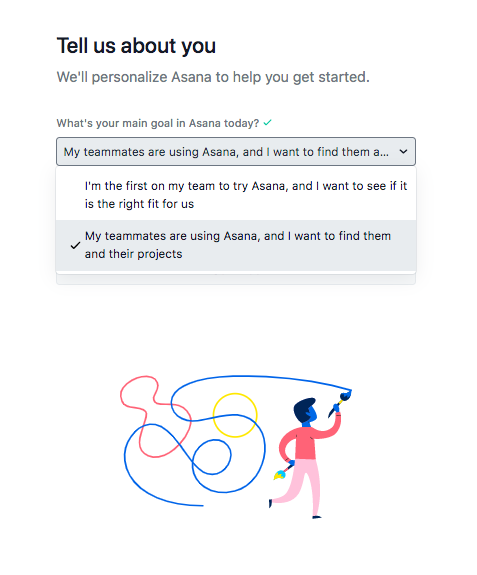

Users can then choose to join their company’s teams, which have already been created in Asana by existing users. Whenever a new user requests to join a company team, Asana alerts the account administrator and asks for their approval.
Invited users aren't strangers to your products. They're like friends of a very good friend. Welcoming them in a way that acknowledges pre-established familiarity expedites bonding and primes them to become loyal advocates for your product further down the line.
Just as powerful, the original inviter also stands to be further impressed by the way your product delivers value.
These loyal users love your product enough to rally their friends and colleagues around adopting it. Welcoming the people they invite with a good onboarding experience does their recommendation justice and ensures that they’ll continue to champion your product and help your company grow.
To learn more about turning new users into product champions, check out the interactive Product-Led Growth Flywheel.
